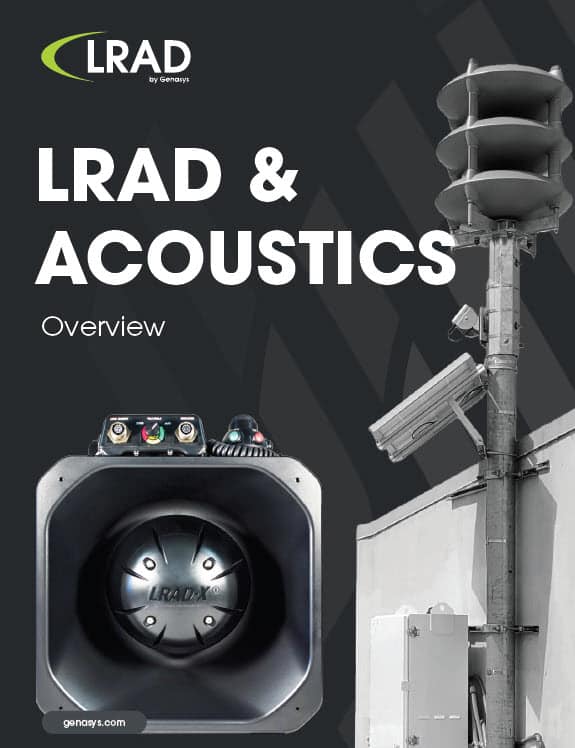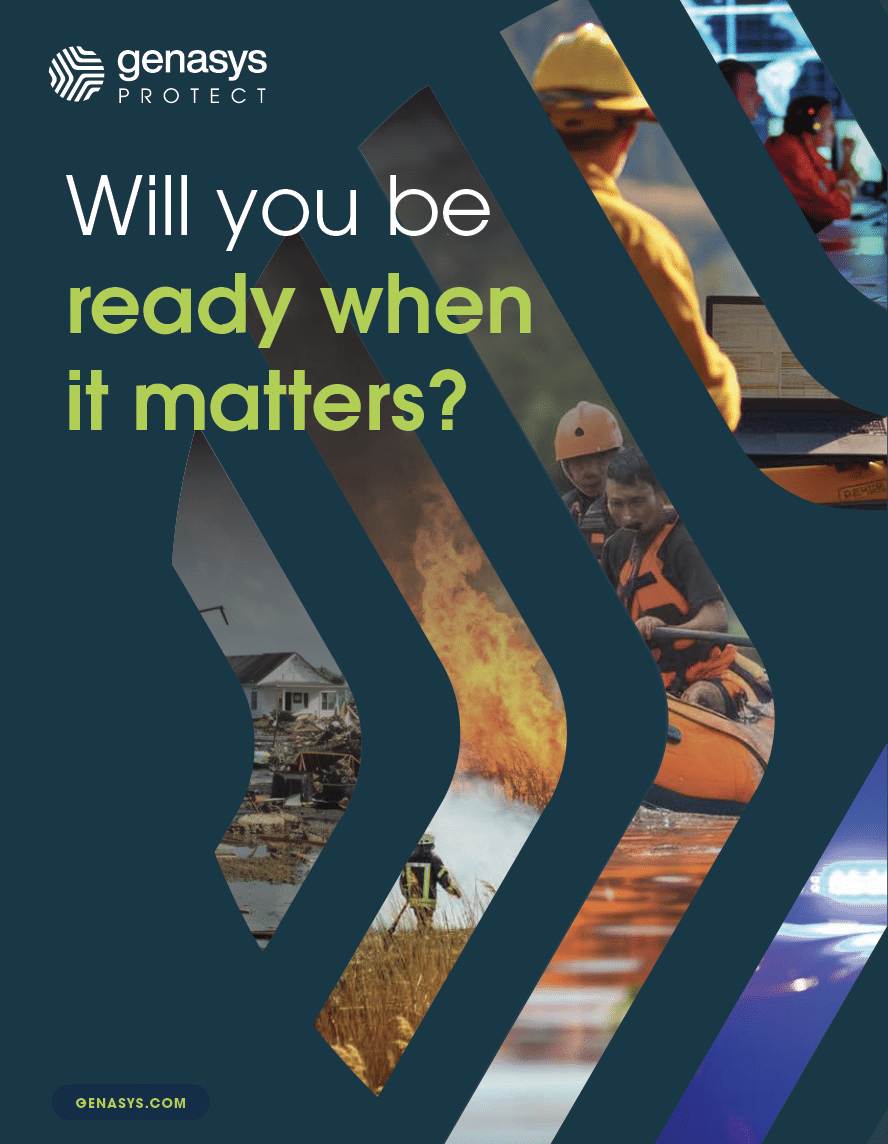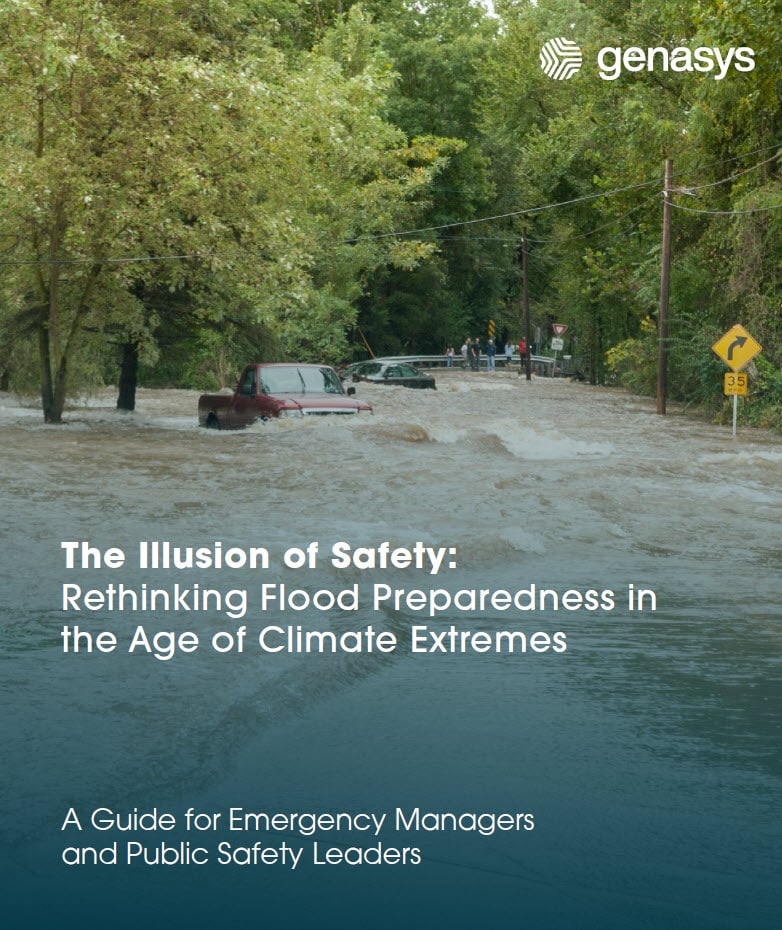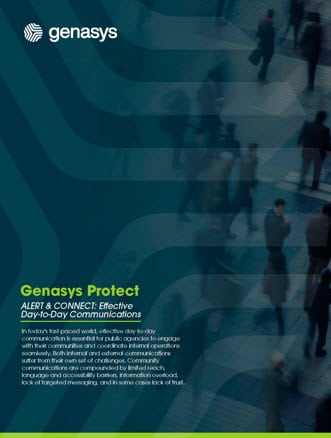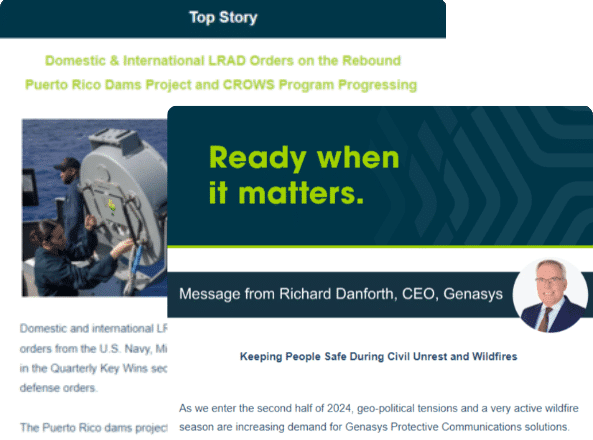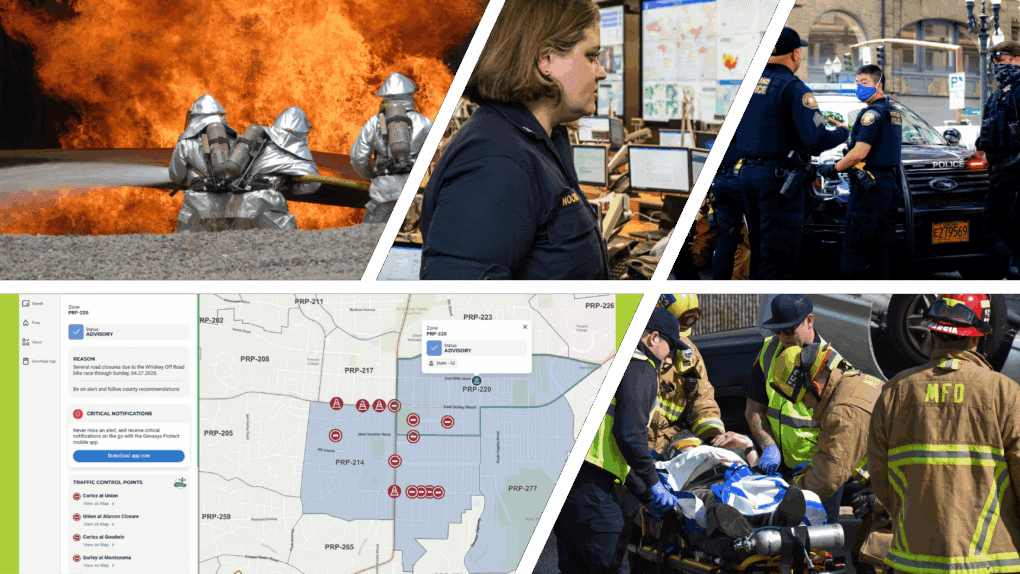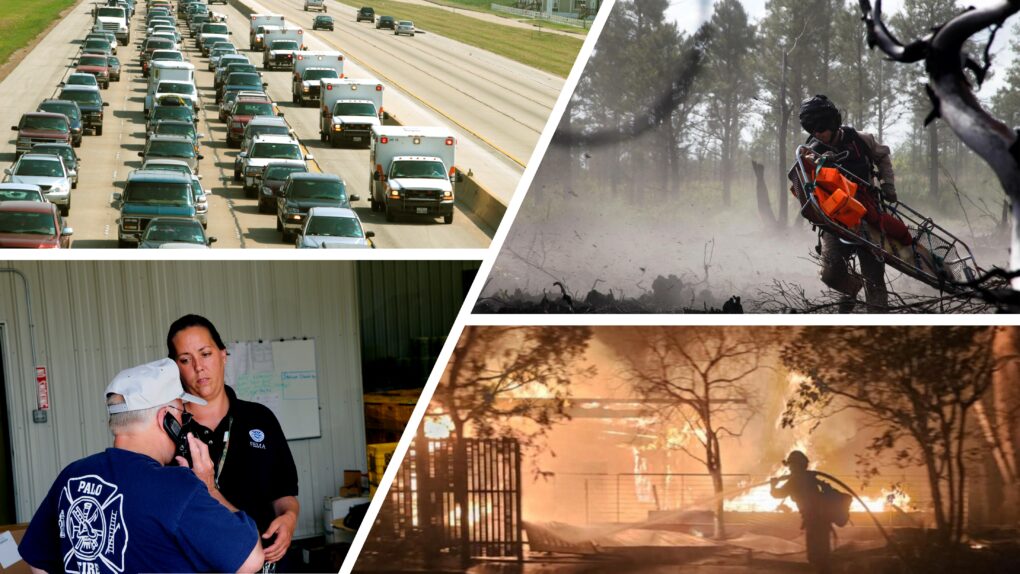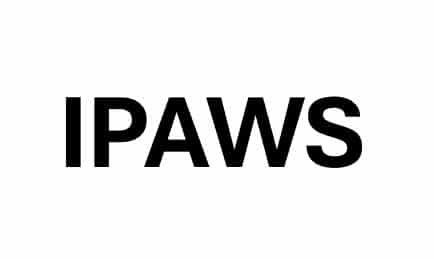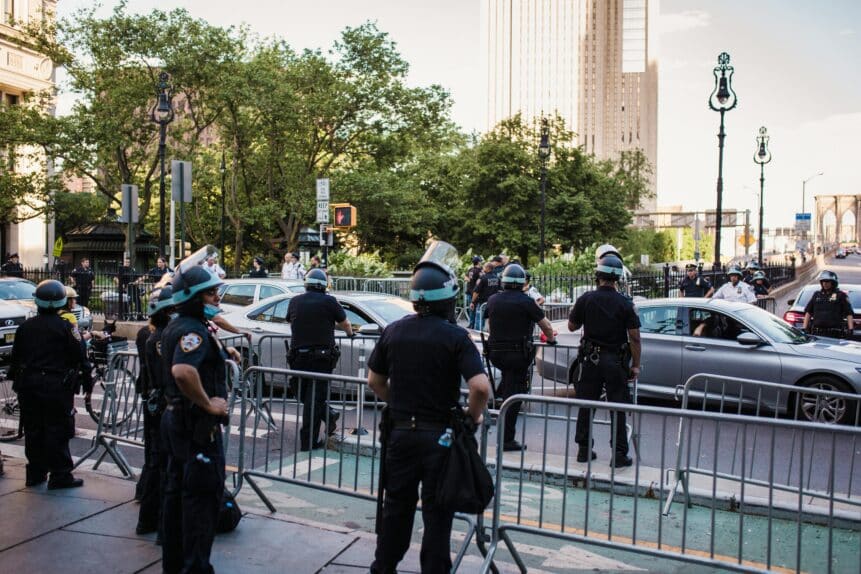By Adam Stewart, Product Marketing, Genasys Inc.
No time to read the whole blog? Click to see the key takeaways:
- Traditional community alert apps struggle with engagement because broad zones send messages that reach people who don’t need them. This also limits notifications to emergencies only.
- Public safety messages on social media outlets become scattered with inconsistent coverage that gets mixed in with information from untrustworthy sources leaving communities with no single source truth
- Apps with custom communication zones offer precision that makes alerts relevant, which opens the door to everyday messaging like weather updates, road closures, and local events.
- The best apps give users control over what types of alerts they receive and which zones they follow which keeps them engaged and subscribed over time.
- Tacoma, Washington’s experience shows the impact: reliable alert delivery, expanded engagement beyond emergencies, and steady growth in community sign-ups.
For public safety leaders, driving adoption of community alert apps is one more challenge in a long list, but it’s a critical one for effective emergency communication. People ignore social media posts, they don’t always sign up for emergency alerts, and even when they do, engagement often fades over time.
Zone-based communications offer a way forward. In this blog, we’ll look at:
- Issues agencies face with traditional alert systems
- How intelligent zones solve those problems
- Real results cities like Tacoma are seeing from modern solutions
The Problem with Traditional Systems
Public safety teams know the struggle:
- Social media is unreliable. Posts get buried in feeds or throttled by algorithms. Which platform do you even focus on? Facebook? Twitter/X? Instagram? Residents are scattered, and coverage is inconsistent. This means there’s no single source of truth.
- Low app sign-ups. Even when agencies invest in alert systems, convincing residents to register is a constant uphill climb. People don’t see the benefit until a major incident happens, and by then it’s too late. Beyond that, most apps are not as effective as they could be which limits positive word of mouth:
- Outdated zoning. Apps relying on broad zones send alerts to people far from the actual incident. Irrelevant messages cause residents to tune out or even unsubscribe over time.
- One-way communication. Too many apps limit agencies to emergencies only, which keeps engagement shallow.
This creates a dangerous gap: when it matters most, agencies can’t reach enough people.
How Intelligent Communication Zones Solve the Problem
Intelligent communication zones are far more precise than what was previously available. They let agencies tailor alerts to specific neighborhoods, blocks, or regions. Additionally, notifications reach people as they move around and enter active zones. That precision makes notifications more relevant to recipients, so officials can avoid overwhelming users. Since officials no longer need to worry about overwhelming users they can consider sending everyday updates, which residents find genuinely useful:
- Severe weather and wildfire smoke alerts
- Road closures and detours
- Cooling and heating center locations
- Local events and safety updates
But each member of the community is different. Giving users control is crucial to keeping them signed on. An effective app should allow users to choose whether to:
- Receive only critical alerts or also non-emergency updates.
- Follow multiple zones (home, work, or family areas) so they see information that matters across their daily lives.
This everyday use then means community members and public safety officials are more accustomed to the app and are better prepared when emergencies do come up.
Real Results: City of Tacoma Using Intelligent Communication Zones
The City of Tacoma, WA (population 230,000) saw firsthand how zones drive adoption. Tieka Adeogun, their Chief Emergency Management Officer, explained the shift:
- From uncertainty to reliability. Their old system would crash mid-alert, leaving them unsure if life-saving messages were delivered. With Genasys Protect, they know alerts reach the right people every time.
- From emergencies only to community-wide engagement. Tacoma now sends both critical alerts and everyday updates. This daily relevance keeps residents engaged.
- Steady growth in sign-ups. As Tieka put it: “It’s easier for them to sign up. We just keep watching those numbers grow as we continue to push Tacoma Alert.” Some neighborhoods now see double-digit growth daily.
- Partnership expansion. Even tribal partners joined the same system ahead of the World Cup, bringing their communities into the fold.
Tacoma’s experience shows that residents are eager to connect when alerts are useful, trustworthy, and personal.
The Takeaway for Public Safety Leaders
Zone-based communication is the key to community adoption. By making alerts relevant to daily life, you give residents a reason to download, keep, and rely on your app.
The payoff is twofold:
- Better engagement before emergencies. Residents stay informed about their community.
- Stronger reach during emergencies. When it matters most, you can count on more people being connected.
Public safety leaders know that technology is only as effective as the number of people it reaches. With Genasys Protect, zones make sure your investment in alerting pays off in sign-ups, engagement, and life-saving reach.
Contact Genasys to learn more about a community emergency notification system that adapts to today’s needs while preparing for tomorrow’s challenges.

